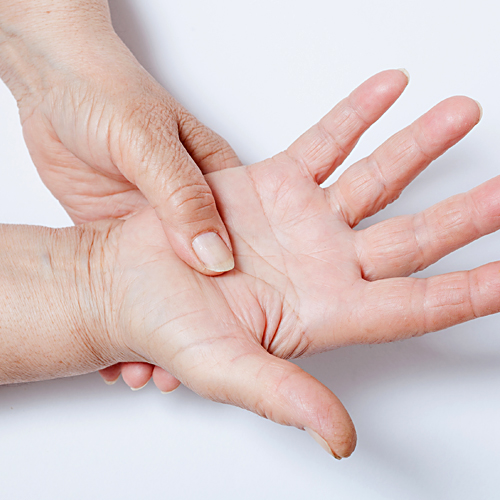
As Raynaud’s syndrome may accompany and even precede some diseases many years in advance, such as systemic connective tissue diseases, it may be classed as either primary (idiopathic) (without other underlying diseases) or secondary Raynaud’s phenomenon, which occurs in the course of another illness.

Secondary Raynaud’s (Raynaud’s phenomenon) occurs not only in the course of systemic connective tissue diseases, but also accompanies vascular diseases (such as arterosclerosis), blood disorders (leukaemia, polycythemia vera), endocrine disorders (hyperthyroidism, diabetes), skin disorders (psoriasis, ulcerations, necrosis), compartment syndromes (Carpal tunnel syndrome), cancer, as a consequence of mechanical factors (vibration, mechanical trauma) or of taking medication such as hormonal contraceptives, and may also be caused by some chemical compounds and heavy metals (lead, vinyl chloride).
From a clinical perspective, it is extremely important to differentiate between primary and secondary Raynaud’s to facilitate early diagnosis of microcirculation disorders, which can cause various pathological conditions and require specialist diagnostic methods and treatment.